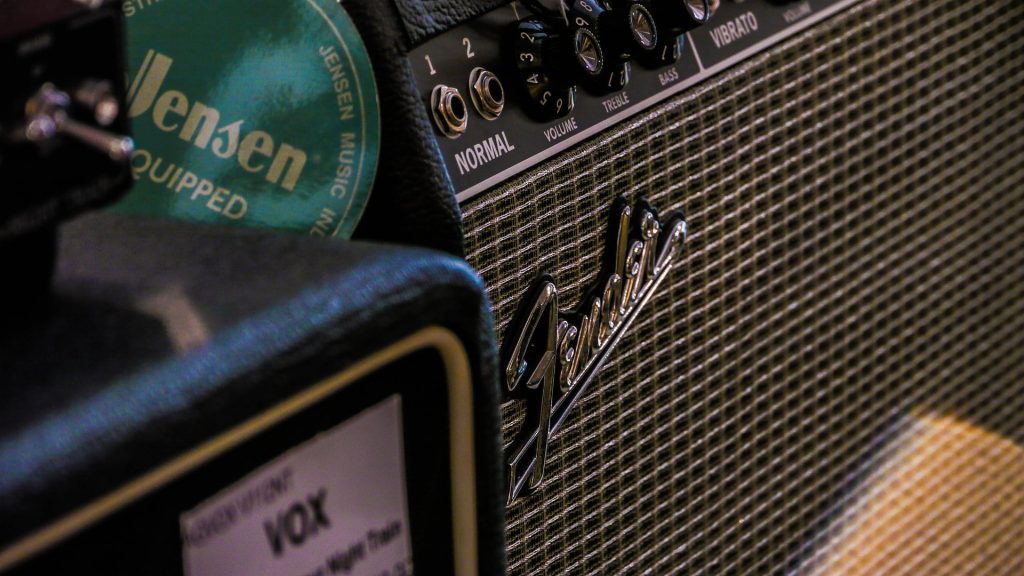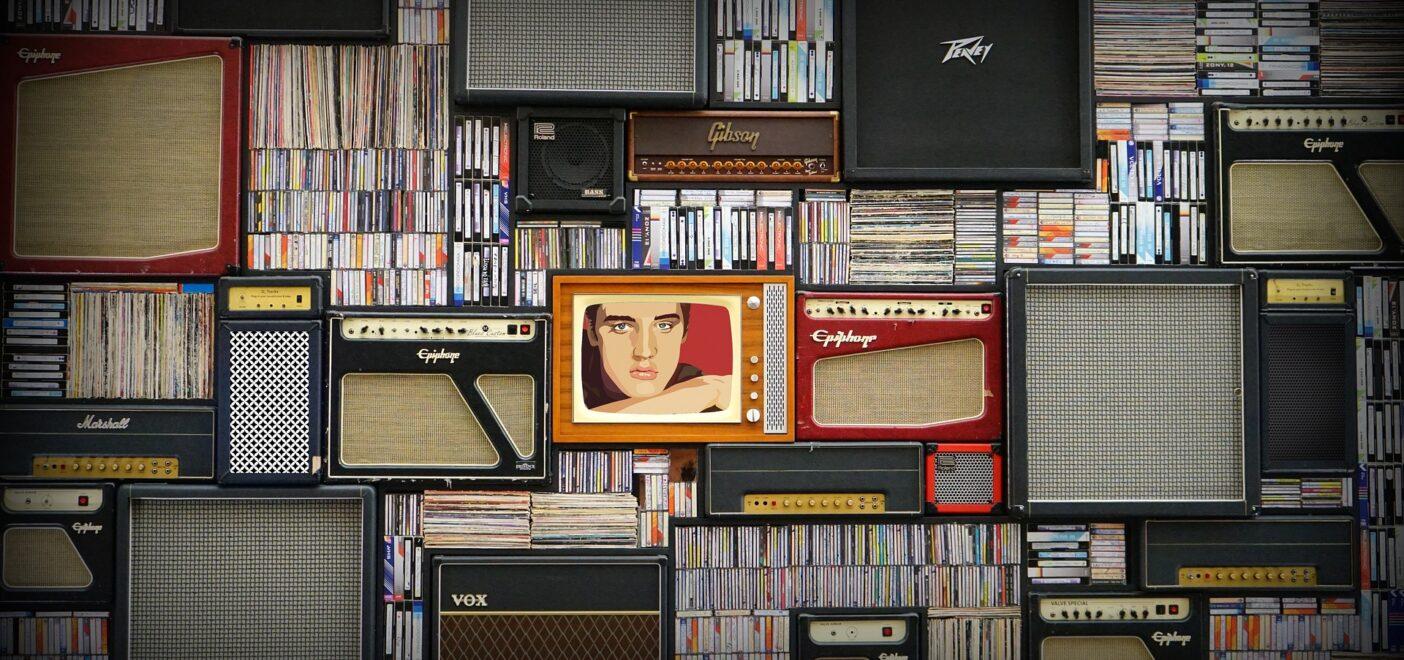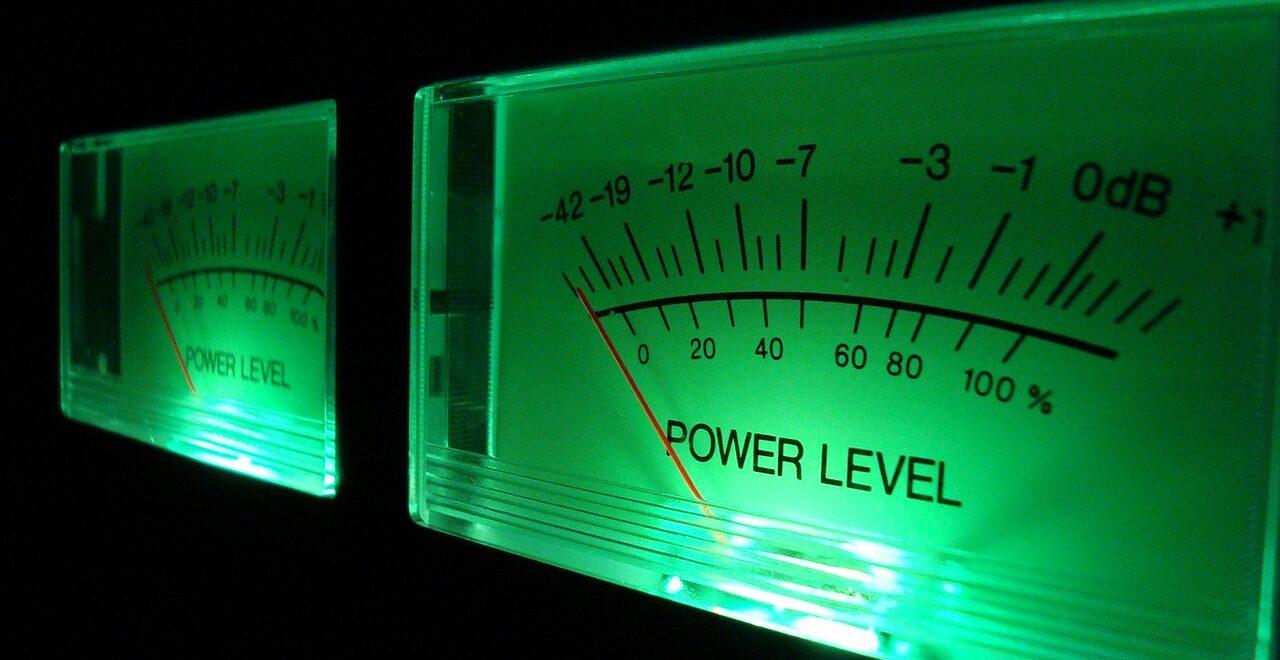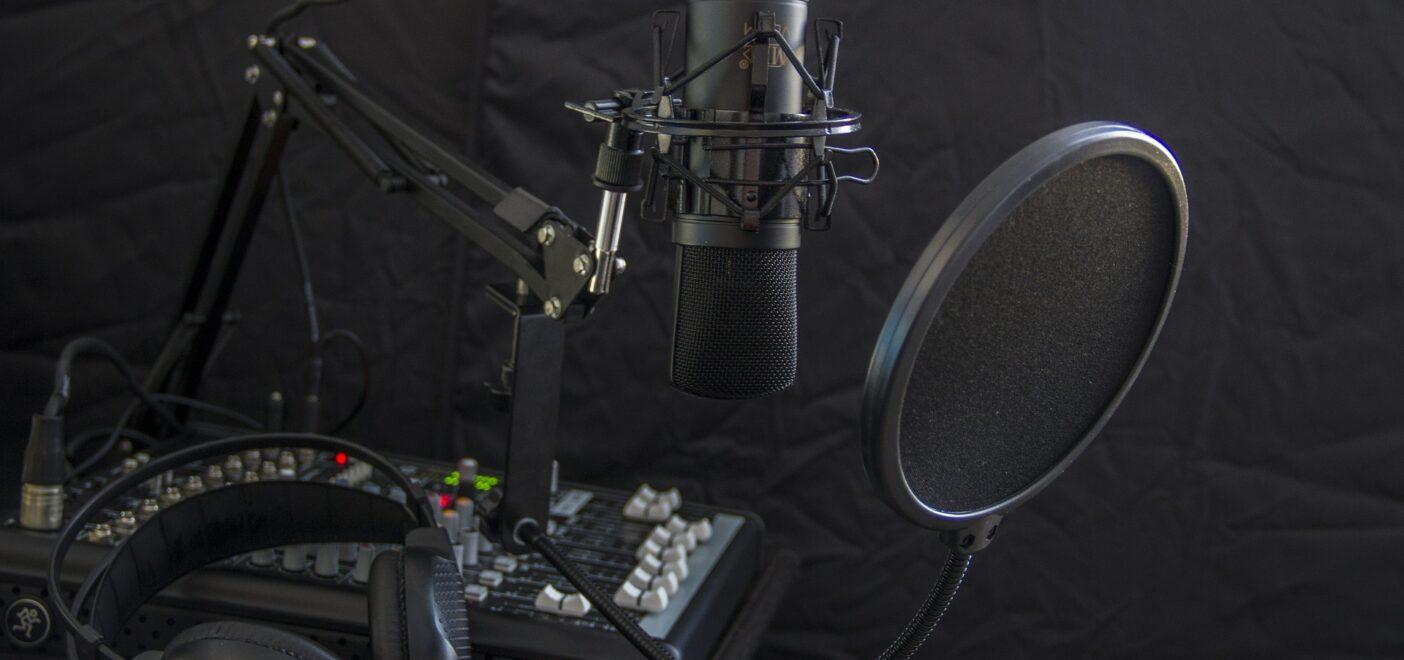Finding the perfect tone for each instrument is one of the most important jobs of an engineer or producer. It’s also one of the most difficult things to do. Matching tones is intricate and laborious work, though there are techniques to make this process easier. One of these techniques is called reamping (or re-amping).
Reamping is a process where a track is recorded directly then sent back through an amplifier to be recorded again. This two step process is typically applied to guitar recording, though reamping can be used for just about anything! This technique has become a staple for many engineers. Here are three reasons why.
1. Reamping gives you options
Perhaps the most obvious reason to reamp is that it gives you room to work. You could spend hours dialing in a good tone and record it just to discover later on that you’re not completely happy with it. If this happens, you either need to re-record the track with a new tone, or spend even more time EQing what’s already there.
Reamping allows you record with as many tones as you want. If you reamp with multiple amplifiers you can also blend tones to optimize the sound you want (read: Guitar vs. Bass Amps: What are the Differences?). No matter how you do it, this process really lets you focus on tone more than anything else, and recording is as simple as hitting a button once the mics are moved and the tones are set.
2. It saves you time
Recording and mixing are time-consuming processes. Anything to make it easier is a godsend. A big advantage of reamping is that once you record a perfect clean guitar track you’ll never have to worry about re-recording the performance again. This guitar track can be reamped as many times as possible.

In other words, you can more easily separate the performance aspect of recording with the tonal aspect when you reamp. In the end, you’ll probably spend the same amount of time looking for the right tone whether or not you reamp. However, you won’t need to re-record anything in the process.
3. A Reamp can create new sounds
So far we’ve been mostly talking about reamping guitars. The truth is, however, any direct signal can be reamped, whether it’s vocals, drums, ukelele, you name it. Of course, most of these instruments wouldn’t normally be amplified. However, if you’re looking to create effects with pedals or distort an instrument, reamping is a great way to find new tones and layers for existing tracks.
Some reamping examples are sending a vocal track through a reverb pedal, re-recording drums through an amp for additional layers, and reamping bass through guitar amps for distortion. It’s true that today most DAWs have so many built-in plugins that reamping might seem like an outdated way of reaching new tones. However, you might find that re-recording this way provides a more organic sound than digital filters and effects.
Conclusion
Reamping is a relatively simple recording technique that gives you options, saves time, and opens the door for new layers of sound. Tell us if you’ve ever tried reamping before, and for what instruments!
Sobre el autor

Ethan Keeley
Escritor, locutor, músico y editor de audioEthan Keeley es músico, locutor y escritor de Rochester, Nueva York. Cuando no está de gira con su grupo Unwill, trabaja en nuevas canciones e historias.
Deja un comentario
Entrar para comentar



